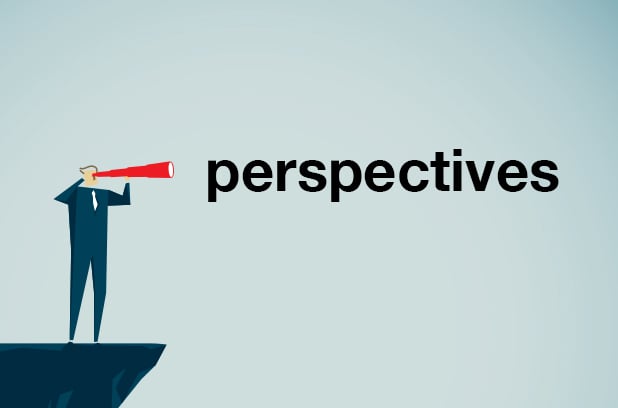Inside Supply Management Magazine
September / October 2020
Articles
Perspectives
September 15, 2020

Emerging complexities around promoting business continuity and financial solvency have dominated business strategy amid the coronavirus (COVID-19) pandemic, causing leaders across impacted industries to consider a myriad of approaches to stabilize operational and financial performance.
...Want More Magazine?
Oh no... we really want you to have access to all of this great content! Membership does have its benefits and Inside Supply Management magazine is just one piece to help you advance your organization and your career. Learn more and join our community.


